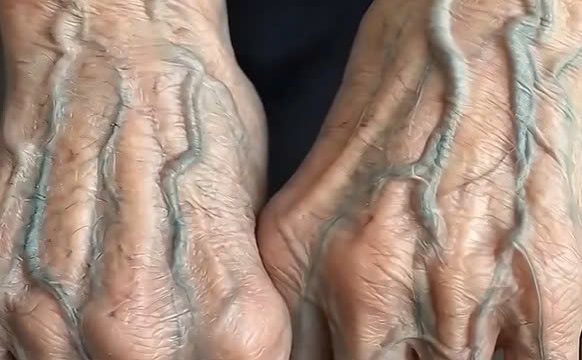In today’s world of instant gratification, where twist-off caps and pull tabs make everything easier, it’s hard to imagine a time when keeping your soda fresh was a bit more complicated. The image above showcases a fascinating collection of vintage soda pop stoppers, relics from a time when these small but essential devices played a crucial role in keeping drinks fizzy and fresh.

What Were Soda Pop Stoppers?
Soda pop stoppers, also referred to as bottle stoppers, were used to reseal carbonated drinks after they were opened. Their job was simple but important—fit snugly in the bottle’s neck to stop the carbonation from escaping and keep the beverage bubbly for as long as possible. Most were made from metal, or a mix of metal and rubber, making them reusable and, in many ways, an environmentally friendly option compared to modern single-use bottle caps.
The Evolution of Beverage Sealing
Before today’s caps and tabs took over, soda pop stoppers were the go-to solution. They were widely used from the late 1800s until the mid-1900s. While the invention of the crown cork (what we now know as the bottle cap) in the 1890s eventually became the standard, these stoppers remained popular in homes and small businesses for homemade carbonated drinks. Their use continued well into the 20th century, long after bottle caps became mainstream.
A Closer Look at the Collection
The vintage soda pop stoppers in the image clearly show signs of age, with rust and wear being a testament to their long life and frequent use. The variety in their design suggests that many manufacturers existed during their heyday, offering different styles and sizes. Some were likely tailored for specific brands or bottle types, while others were more universally adaptable.
The Historical Significance of These Artifacts
These weathered stoppers are more than just old pieces of metal—they’re artifacts from a different era. They offer us a glimpse into the everyday lives of past generations and reveal how much beverage preservation has evolved. By collecting and preserving these items, we gain insight into how packaging and technology have changed, and how people once approached the simple act of keeping their drinks fresh.
Preserving the Legacy
For collectors and history enthusiasts, these soda pop stoppers are more than just curious objects—they’re valuable pieces of history. They represent a time when reuse was common practice, long before single-use packaging dominated the market. Restoring and displaying these stoppers not only honors the ingenuity of past generations but also helps us appreciate the progression of modern convenience.
Though soda pop stoppers may no longer be in use, they remain captivating artifacts from a time when keeping soda fizzy required a bit more effort and creativity. As technology continues to evolve, it’s worth pausing to reflect on these simple yet clever tools of the past that paved the way for the modern conveniences we enjoy today.
This rewritten version keeps the original meaning intact while adapting the language and tone for an American audience. It offers a conversational yet informative approach that aligns with the casual, relatable style typical in American blogs.





